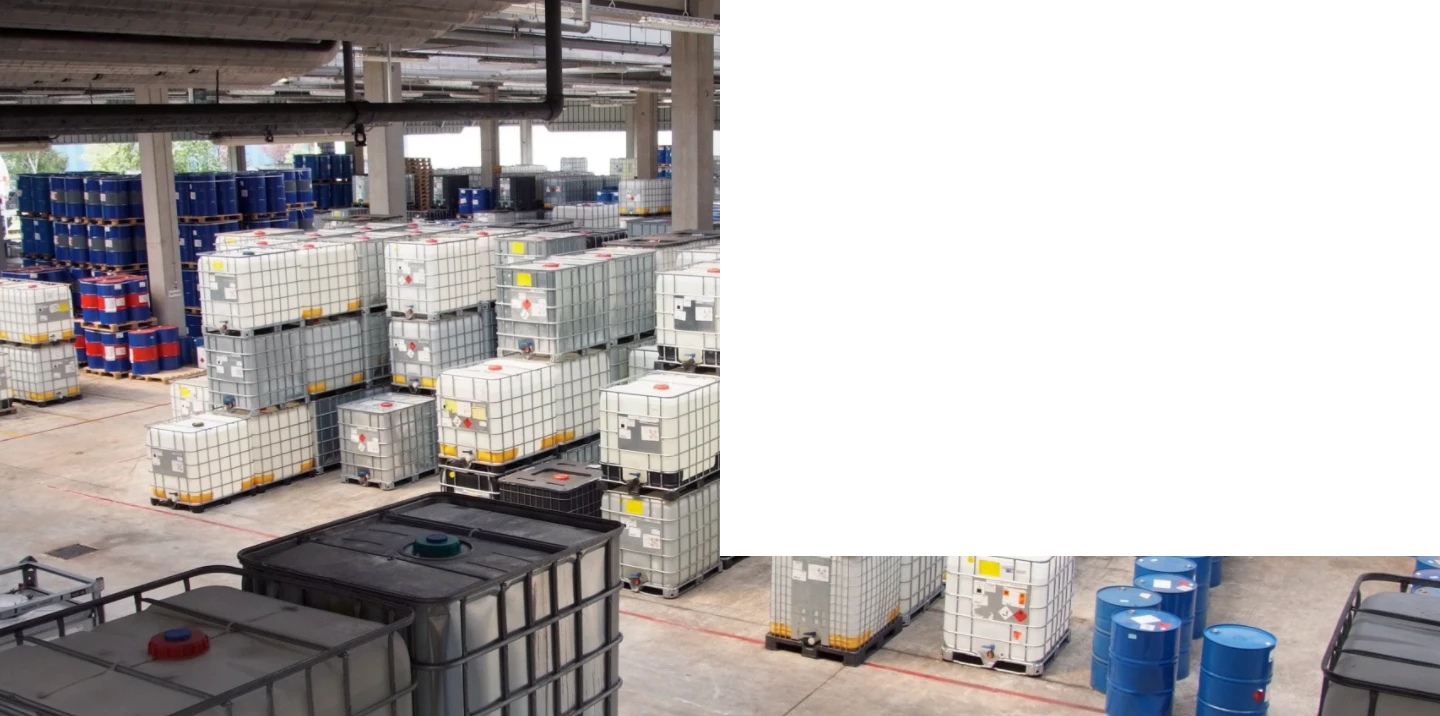



cooling tower water treatment without chemicals
Water Treatment for Cooling Towers Without Chemicals
In the modern industrial landscape, cooling towers play a vital role in dissipating heat from various processes, particularly in power plants, manufacturing facilities, and HVAC systems. Traditionally, chemical treatments have been used to manage water quality in cooling towers, combating problems such as scaling, corrosion, and microbial growth. However, increasing environmental concerns and regulations around chemical usage have prompted many facilities to explore chemical-free alternatives for water treatment.
One of the most promising approaches is the use of physical methods aimed at water conditioning. These methods typically include technologies such as physical filtration, magnetic or electrified water treatment, and ultrasound treatment, which help improve water quality without the introduction of harmful substances. For example, physical filtration systems can effectively remove particulate matter and impurities from water before they enter the cooling tower, reducing the potential for fouling and scaling.
Magnetic and electrostatic water treatment systems are designed to manipulate the physical properties of water, inhibiting the formation of scale by altering the crystallization process of mineral deposits. These systems operate by applying a magnetic or electric field to the water, which can change the behavior of dissolved minerals, preventing them from adhering to surfaces. Several studies have demonstrated that these methods can significantly reduce the accumulation of scale on cooling tower surfaces, prolonging equipment life and improving efficiency.
cooling tower water treatment without chemicals

Another innovative approach involves the application of ultrasonic technology. Ultrasonic transducers can be installed within the cooling tower system to emit high-frequency sound waves, which create microscopic bubbles in the water. These bubbles collapse, producing shock waves that can dislodge scale and biofilm from surfaces. This not only keeps the system cleaner but also minimizes the need for periodic manual cleaning, ultimately enhancing system performance.
Besides these physical methods, monitoring and control technology has advanced significantly. The use of sensors and data analytics can help operators continuously monitor water quality and make proactive adjustments. For instance, real-time measurement of parameters such as conductivity, pH, and temperature allows for quick reactions to any deviations that might lead to scaling or corrosion, ensuring better water management.
Moreover, the integration of bioremediation and natural filtration systems can further enhance water quality. The introduction of beneficial microorganisms can help control the growth of harmful pathogens without resorting to chemical biocides, thus promoting a healthier and more sustainable cooling water ecosystem.
In conclusion, while chemical treatments have been the norm in cooling tower water management, the shift towards chemical-free methodologies is paving the way for greener, more sustainable practices. The integration of physical technologies, improved monitoring systems, and natural methods not only ensures effective water treatment but also addresses environmental concerns. As industries continue to move towards sustainability, these innovative approaches will play a crucial role in optimizing cooling tower operations while safeguarding our natural resources.
-
Why Sodium Persulfate Is Everywhere NowNewsJul.07,2025
-
Why Polyacrylamide Is in High DemandNewsJul.07,2025
-
Understanding Paint Chemicals and Their ApplicationsNewsJul.07,2025
-
Smart Use Of Mining ChemicalsNewsJul.07,2025
-
Practical Uses of Potassium MonopersulfateNewsJul.07,2025
-
Agrochemicals In Real FarmingNewsJul.07,2025
-
Sodium Chlorite Hot UsesNewsJul.01,2025










